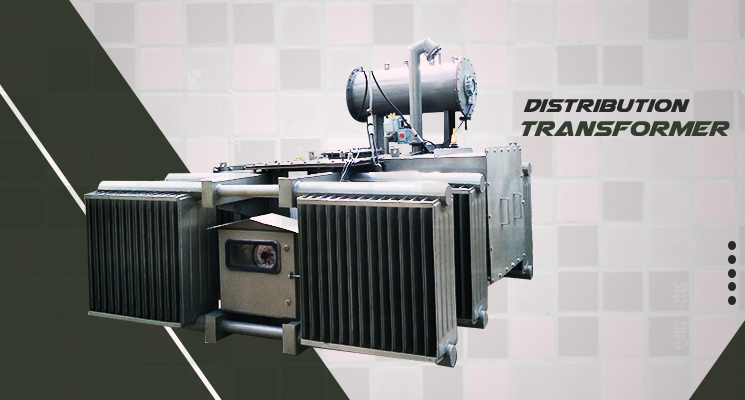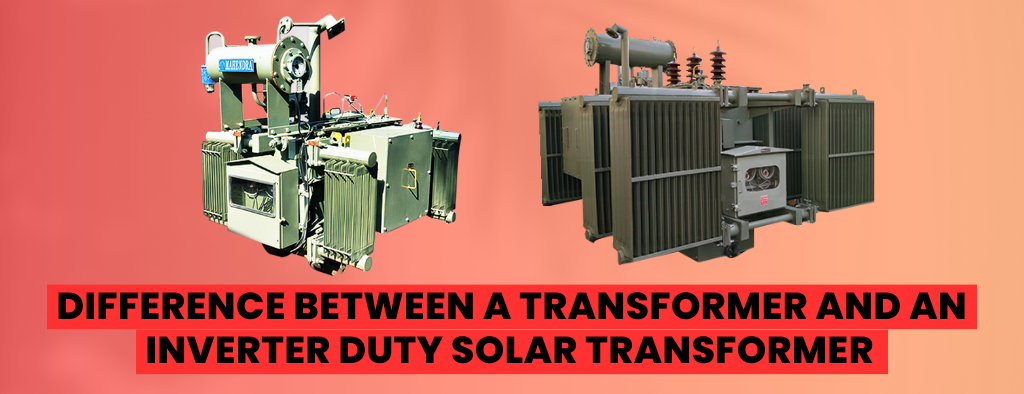A Distribution transformer is the assembly of many critical components that are designed to deliver reliable performance with longevity. The wide number of components including windings, lamination sheets, primary and secondary coils, oil tank, conservator, bushing, detectors, indicators and relays, etc., are assembled in specific configurations for achieving optimal performance from the device. Any negligence in configuration, material quality, assembly, and faults caused by external factors can lead to considerable loss. Therefore, it is important to conduct regular testing and inspections for continuous power supply at an efficient rate. Distribution Transformer Manufacturers in India conduct a series of regular checks, emergency repairs and periodical maintenance while documenting each record of tests and inspections. This is done to guarantee reliable electricity supply to homes, businesses, and industries with desired longevity. These tests adhere to national and global standards to ensure the distribution transformer achieves operational benchmarks. Let’s explore these quality test procedures during prototyping, before deployment and maintenance by distribution transformer manufacturers in India.
Testing Procedures of Distribution Transformer
Type Tests
Type tests are conducted before mass production of transformers begins. It is done to validate the design and its compliance with standards, identify potential flaws and prevent costly failures. The type tests include:
- Lightning Impulse Test: To check its ability to withstand voltage surges during lightning strikes.
- Temperature Rise Test: To assess the temperature rise in windings and oil due to continuous load within permissible limits.
- Short-Circuit Withstand Test: To analyse whether it can endure mechanical and thermal stress during short circuits.
- Magnetic Balance Test: Verifying the functioning of the magnetic circuit.
- Partial Discharge Test: To detect any partial discharges within insulation systems.
Routine Tests
Routine tests are conducted before deployment to check its quality, performance and operational reliability under normal conditions. These include:
- Voltage Ratio Test: To be certain that the output voltage matches the design specifications across all tap positions.
- Winding Resistance Test: Measurement of insulation of windings to detect any loose connection, faults and irregularities.
- Insulation Resistance Test: Checks the resistance between the winding and the core to prevent electrical failures.
- Polarity and Phase Relationship Test: This is done when multiple transformers are connected in parallel, and checks if induced voltages fall within the phase.
- Oil Tests: In oil-filled transformers, these tests check their dielectric strength, moisture content, gas content etc to verify their insulation and heat dissipation.
- Dielectric Test: Checking insulation strength and verifying by applying a higher voltage than it is rated.
- No-Load Loss and No-Load Current Test: Measures the losses occurring when the transformer is energized without load.
Special Tests
Based on customer specifications or regulatory requirements, manufacturers may conduct special tests on distribution transformers. These may be:
- Noise Level Test: To measure the audible sound produced by the transformer within permissible decibel units.
- Harmonic Analysis Test: Evaluates harmonic distortions in the transformer’s output waveform.
- Leakage Reactance and Impedance Test: To determine the transformer’s ability to handle short circuits without significant damage.
Final Inspection
Once all tests are done before dispatching, visual inspection and quality checks are conducted to check the transformer complies with standards like IEC, IEEE, and BIS to make sure the distribution of power is safe and efficient.
Post Deployment
Distribution transformers are maintained periodically as a part of an annual maintenance contract between customers and Distribution Transformer Manufacturers in India. These are done to regularly check its performance, replace parts and repair faults. These tests include insulation resistance, winding resistance, turns ratio, dielectric dissipation, dissolved gas analysis, BDV, and infrared thermography. Through these regular maintenance tests, manufacturers detect faults, insulation degradation, overheating, and mechanical issues, preventing failures and ensuring efficient transformer operation over its service life.
Conclusion
For continuous power supply in distribution networks, it is essential to conduct rigorous testing during the manufacturing process and after installation in the designated region. Distribution Transformer Manufacturers in India uphold the global standards of quality, safety and performance through these comprehensive tests, ensuring uninterrupted power supply to consumers. Invest in well-tested, certified distribution transformers by Mahendra Transformers to reduce the risk of failures and extend operational lifespan, as these are a crucial asset in power distribution networks.



